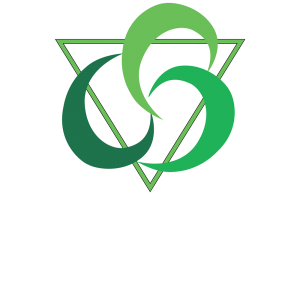If you’re exploring natural therapies – whether for treatment or as a career – you’ve probably come across Bowen Therapy vs remedial massage comparisons. While they may appear similar, these two approaches have some important differences.
This post breaks down what sets them apart and offers guidance for anyone deciding between booking a session or enrolling in a training course.
What is Remedial Massage?
Remedial massage is a well-known hands-on therapy that focuses on assessing and treating musculoskeletal dysfunction. Therapists use techniques like deep tissue massage, trigger point therapy, and myofascial release to reduce tension, support injury recovery, and improve mobility.
Remedial massage typically involves:
- Direct, sustained pressure
- Continuous contact during treatment
- Oil applied to the skin
- Focused work on specific muscle groups or problem areas
It’s widely practised across Australia and is often used in both clinical and wellness settings.
What is Bowen Therapy?
Bowen Therapy is a gentle form of bodywork that works with the nervous system and fascial network. Rather than using sustained pressure or deep manipulation, Bowen involves a series of precise, rolling moves over muscles, tendons, and connective tissue – interspersed with short pauses.
A Bowen Therapy session typically includes:
- Light-touch, cross-fibre movements
- Pauses between sets of moves (allowing the body to respond)
- No oil and minimal skin contact (clients can remain clothed)
- A holistic, whole-body approach
Rather than targeting just the site of discomfort, Bowen considers patterns of compensation, postural imbalances, and nervous system responses.
The key differences
| Feature | Remedial Massage | Bowen Therapy |
| Pressure | Moderate to firm | Gentle, minimal |
| Contact | Continuous | Intermittent with pauses |
| Focus | Localised treatment | Whole-body patterns |
| Oil use | Yes | No |
| Client clothing | Removed (draped) | Can remain clothed |
| Session environment | Often active or clinical | Quiet, still, restful |
It’s not a matter of one being “better” than the other – they simply offer different experiences and outcomes. Many clients find value in both approaches at different times.
Interested in learning Bowen Therapy?
Bowen Therapy is increasingly popular among people who want to:
- Help others in a gentle, non-invasive way
- Transition from work like massage to something less physically demanding
- Offer a holistic, body-based therapy
- Start a new career in natural health with a recognised qualification
At Bowen Training Australia, our nationally recognised training (Certificate IV and Diploma) provides a clear pathway from beginner to professional practitioner. Many of our students come from massage, nursing, fitness, and community care backgrounds – while others are completely new to bodywork.
And if you’re feeling unsure about returning to study, you’re not alone. Our experienced trainers, hands-on modules, and easy-to-follow manuals are designed to support you every step of the way.
Which one is right for you?
Whether you’re booking a session or considering a new career path, choosing between Bowen Therapy vs remedial massage depends on:
- The kind of treatment experience you’re looking for
- How your body responds to touch
- The way you’d like to work with clients if you’re training
Still curious about Bowen? You can read more about what students wish they knew before starting, or reach out to one of our trainers to chat about your next steps.

